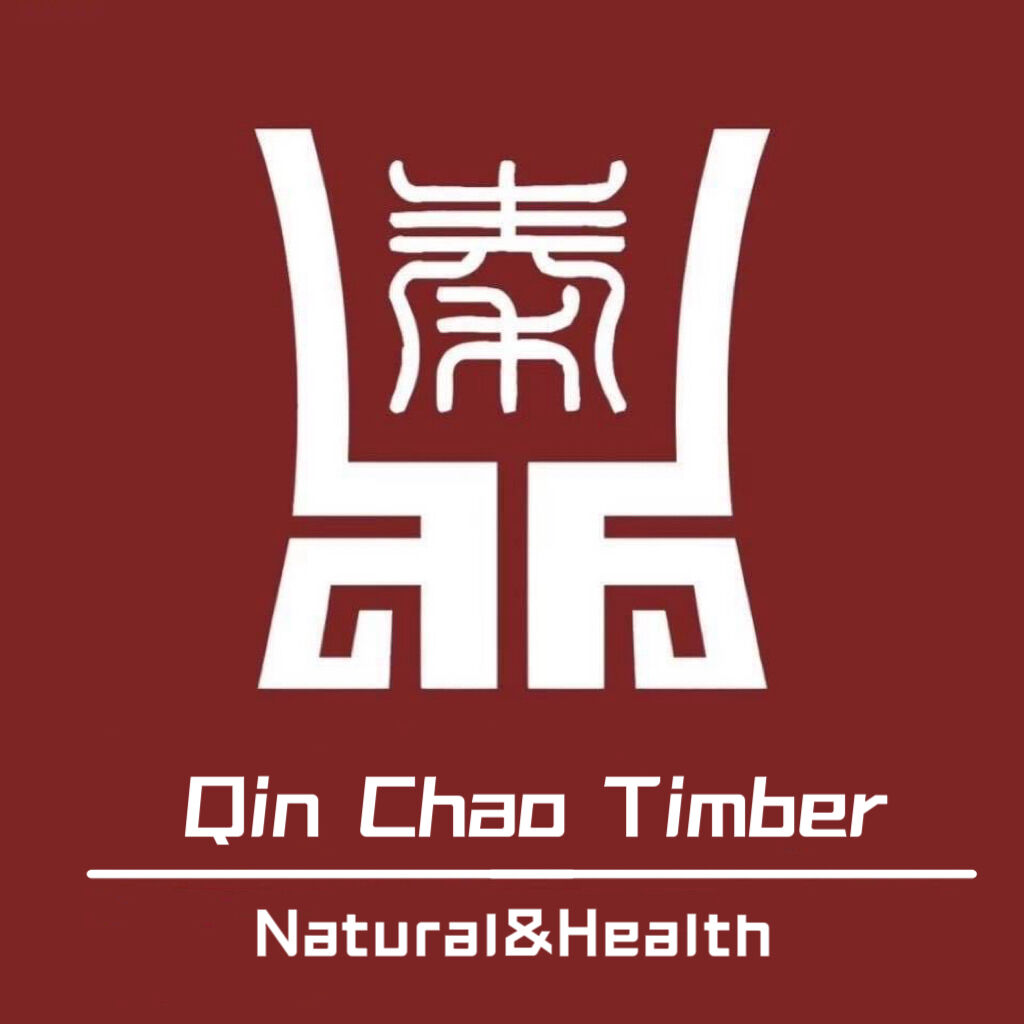Introduction: The Quest for the Perfect Sauna Wood
Creating a traditional sauna is an art form that demands careful consideration of every material, with the interior wood being the most critical choice. The wood must withstand extreme heat, significant humidity fluctuations, and direct contact with skin, all while contributing to the authentic sauna experience. Among the various options available, thermally modified wood, specifically thermally modified pine, has emerged as a compelling contender. This article will delve into the properties of this innovative material to answer a fundamental question: Is thermally modified pine a suitable and superior choice for your sauna project? We will explore its performance, benefits, and practical considerations to guide your decision.
Understanding the Thermal Modification Process
To assess its suitability, one must first understand what thermally modified pine is. It is not a different species of wood but rather Nordic pine transformed through a precise technological process. The wood is subjected to high temperatures, typically between 180 and 215 degrees Celsius, in a special kiln where steam is introduced to control the atmosphere. This heat treatment permanently alters the wood's chemical structure. It significantly reduces its moisture content and breaks down the sugars and nutrients that would otherwise attract mold and fungi. The result is a fundamentally improved wood that is more stable, durable, and resistant to biological decay, all without the use of any chemicals or additives.
Superior Stability in Heat and Humidity
The defining characteristic of any sauna wood is its performance under thermal stress. This is where thermally modified pine truly excels. The process dramatically enhances the wood's dimensional stability. Unlike untreated pine, which can swell with moisture and then shrink and crack as it dries during sauna cycles, thermally modified pine exhibits minimal movement. It absorbs very little moisture from the steam-filled air, meaning it remains dimensionally stable. This resistance to warping, twisting, and cracking is paramount for maintaining the structural integrity and seamless appearance of your sauna benches and wall paneling over many years of use.
Enhanced Durability and Hygienic Properties
A sauna environment is a breeding ground for microorganisms due to the combination of heat and moisture. Untreated woods can be susceptible to rot, mold, and mildew over time. Thermally modified pine addresses this issue at its core. By eliminating the food source for these organisms, the wood becomes inherently resistant to decay. This translates to a longer lasting sauna interior with a reduced risk of unsightly stains or fungal growth. Furthermore, the heat treatment creates a smoother surface with fewer resins, making it more hygienic and easier to clean, an important factor for maintaining a healthy sauna environment.
The Comfort Factor: Heat Conductivity and Splinter Resistance
The user experience inside the sauna is paramount. One of the key comforts of thermally modified pine is its low thermal conductivity. This means that even when the air temperature is very high, the wood itself does not become unbearably hot to the touch. You can sit on the benches and lean against the walls in comfort, a crucial safety and comfort feature. Additionally, the thermal modification process hardens the wood and reduces its resin content. This results in a surface that is highly resistant to splintering, ensuring a smooth and safe feel against bare skin, a significant advantage over some untreated softwoods.
Aesthetics and the Authentic Sauna Atmosphere
Beyond performance, the visual and olfactory appeal of the sauna wood contributes greatly to the overall experience. Thermally modified pine undergoes a beautiful transformation in color, emerging from the process with a rich, consistent brown hue that is reminiscent of more expensive tropical hardwoods. This uniform dark tone creates a warm and inviting atmosphere. If left unoiled, it will naturally weather to a dignified silvery grey over time. Importantly, the process drastically reduces the resin content in pine, which means it is less likely to weep sticky sap when heated, preserving both the cleanliness and the pure, natural scent of the sauna.
Sourcing and Installation Considerations
When selecting thermally modified pine for a sauna, it is vital to source it from a reputable manufacturer with expertise in the process. A company with a long track record, such as our establishment in 2008, ensures a consistent and high quality product. For sauna use, confirm that you are receiving the Thermo D grade, which undergoes the most intensive treatment for maximum durability and stability. During installation, use stainless steel or other non corrosive fasteners to prevent unsightly marks. Proper spacing between boards is also essential to allow for the minimal expansion and contraction and to ensure adequate ventilation behind the paneling.
Conclusion: An Ideal Choice for the Modern Sauna
In conclusion, thermally modified pine is not merely suitable for sauna use; it represents a significant advancement in sauna material science. It successfully combines the traditional appeal of wood with modern technology to offer exceptional performance. Its superior stability in the face of heat and humidity, its enhanced durability against decay, its comfortable and splinter resistant surface, and its beautiful aesthetic make it an outstanding choice. For anyone building a new sauna or renovating an existing one, thermally modified pine provides a durable, low maintenance, and beautiful solution that will enhance the sauna experience for years to come. It is a intelligent investment in long term quality and enjoyment.
Table of Contents
- Introduction: The Quest for the Perfect Sauna Wood
- Understanding the Thermal Modification Process
- Superior Stability in Heat and Humidity
- Enhanced Durability and Hygienic Properties
- The Comfort Factor: Heat Conductivity and Splinter Resistance
- Aesthetics and the Authentic Sauna Atmosphere
- Sourcing and Installation Considerations
- Conclusion: An Ideal Choice for the Modern Sauna


 Products
Products